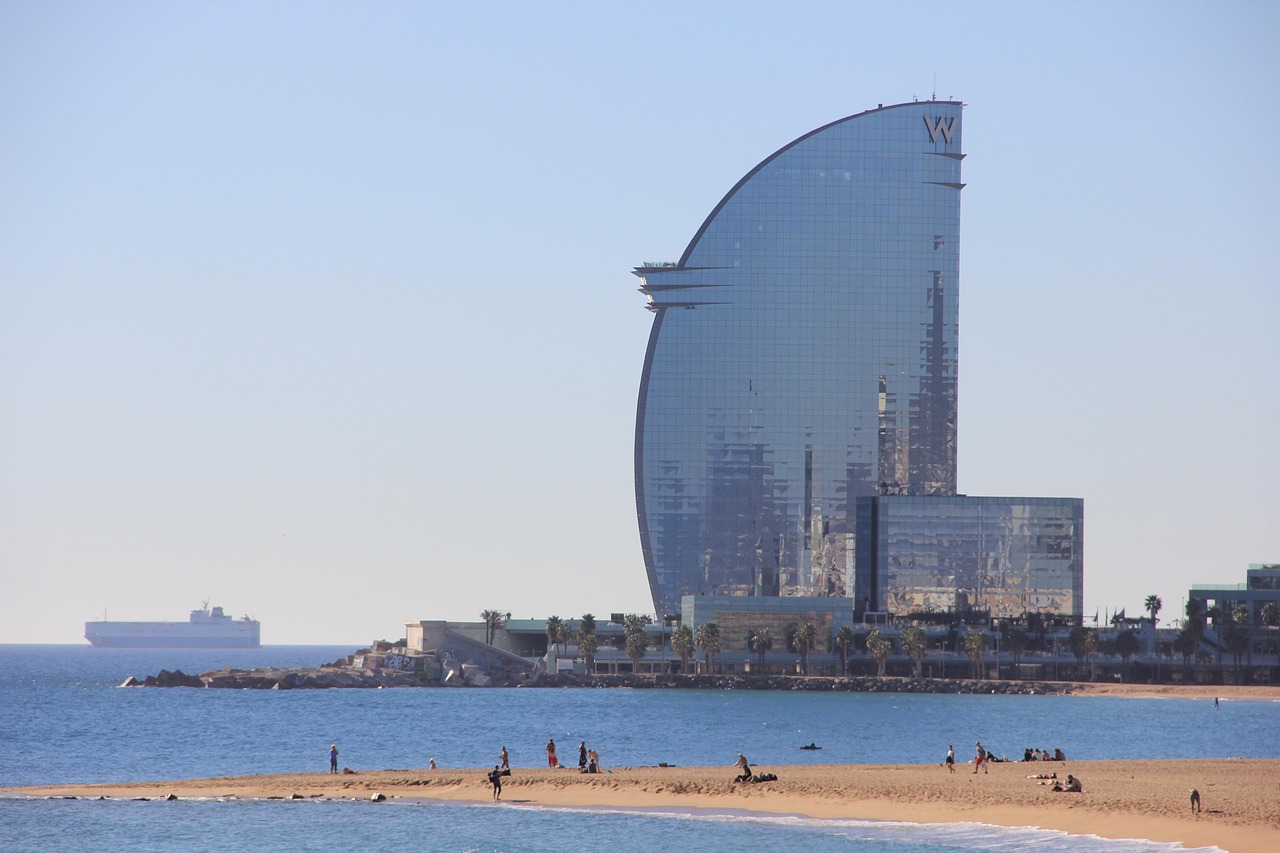If there’s one tourism sector that has been causing controversy for quite some time, it’s the cruise industry. With supporters and detractors, these ships stand accused of contributing to overtourism, damaging the environment, and much more besides.
In short, it’s an ongoing debate that’s pushing some port cities to take action and try to find a compromise for an activity that isn’t always well received but nonetheless supports plenty of people and local businesses. Barcelona is perhaps the most representative example.
From 7 to 5 terminals
As we know – and we often discuss this – the Catalan capital remains one of Europe’s most visited cities, much to the dismay of some residents and far less so to local traders. In short, it’s a complicated situation but one that’s increasingly emblematic of what cities worldwide are experiencing.
So whether it’s the repeated effects of recent months’ anti-tourist demonstrations, the municipality’s choice, or a mixture of both, the fact remains that among the latest measures taken to combat overtourism, local authorities have decided to reduce their capacity for welcoming cruise ships. The same ships that dump between 3.5 and 4 million visitors on the city each year.
After relegating them far from the city centre – even creating a new terminal as we’ve already mentioned – Barcelona’s city hall will therefore close two of its seven cruise terminals by 2030. This will effectively limit the port’s total capacity to 31,000 cruise passengers compared to 37,000 today – 16% fewer. This plan will also include various urban and transport improvements to make the city more pleasant. Or rather, to give it back to its residents, as some are demanding, in a context where port activity would evolve towards “the most demanding quality and sustainability standards”.
It would still be better if this new tourism approach – both for cruise passengers and the volume of other visitors – happened gradually and ideally through consultation so that nobody loses out.
Not least because tourism accounts for 14% of Barcelona’s GDP. And with all the “criticism from all quarters”, several cruise companies are now seriously considering replacing their Barcelona stopover with others elsewhere in Spain, or more simply with ports near the Catalan capital, then moving their clients by bus to the city. It’s not certain that would actually be any better in the end.

